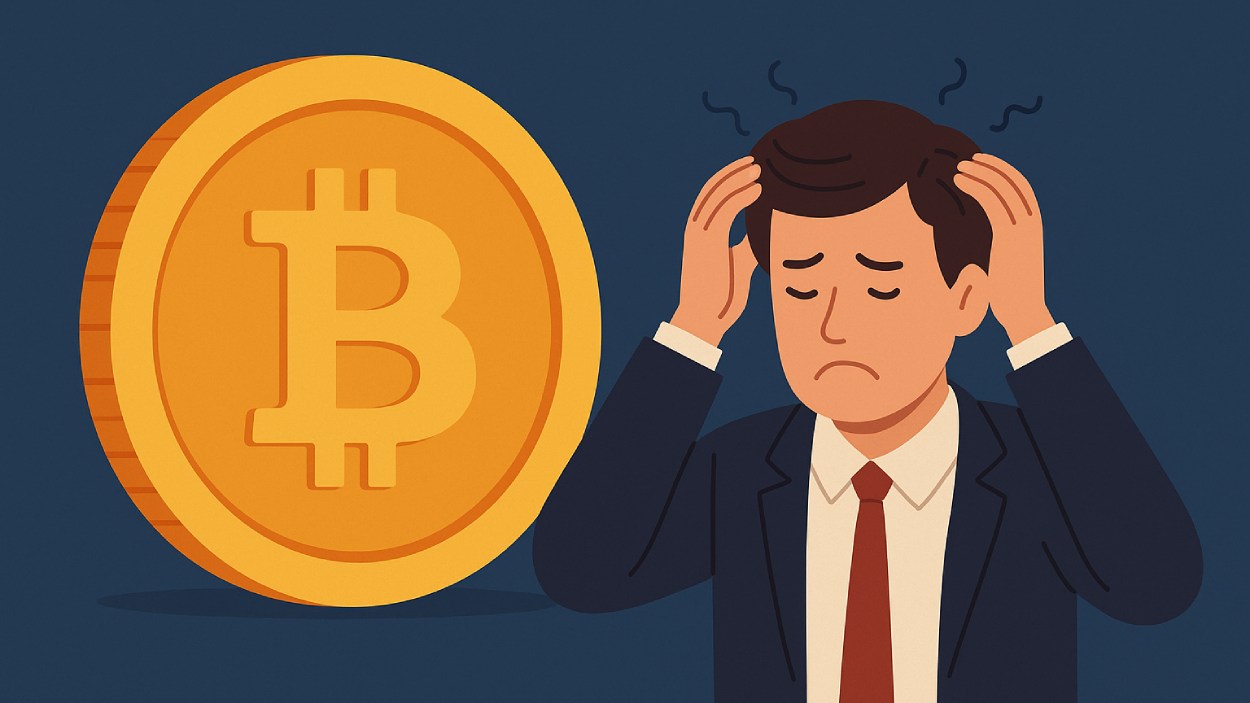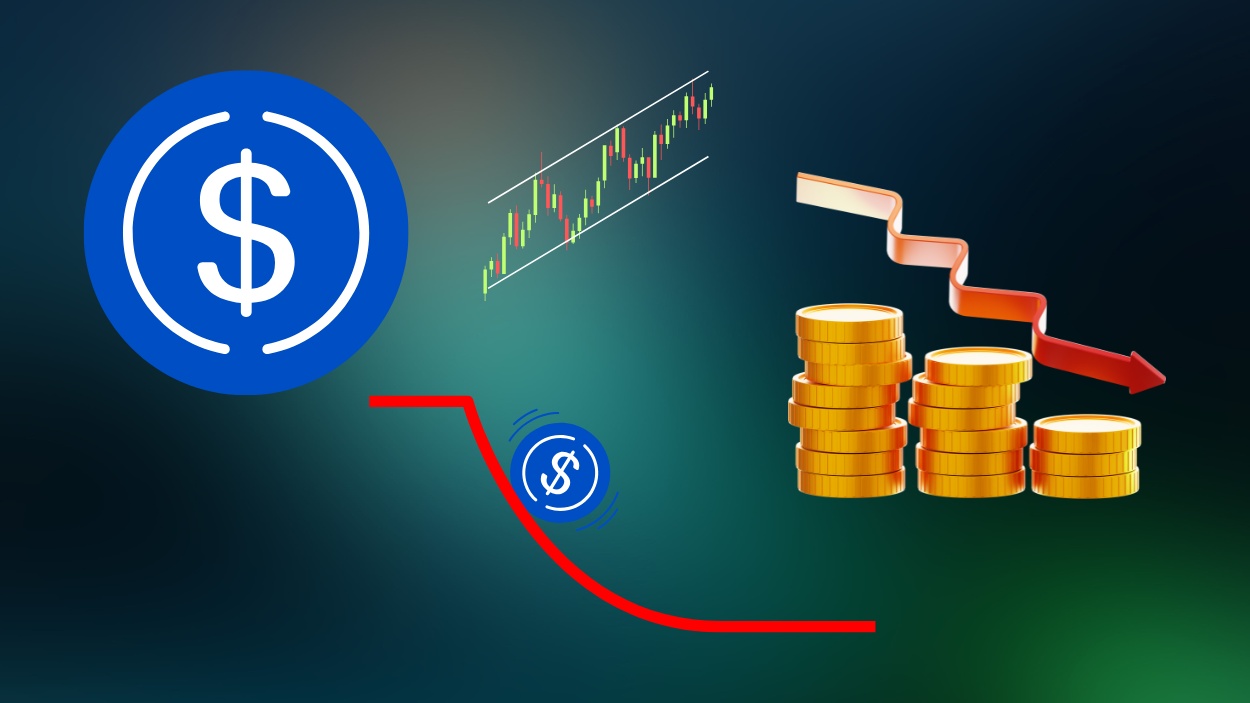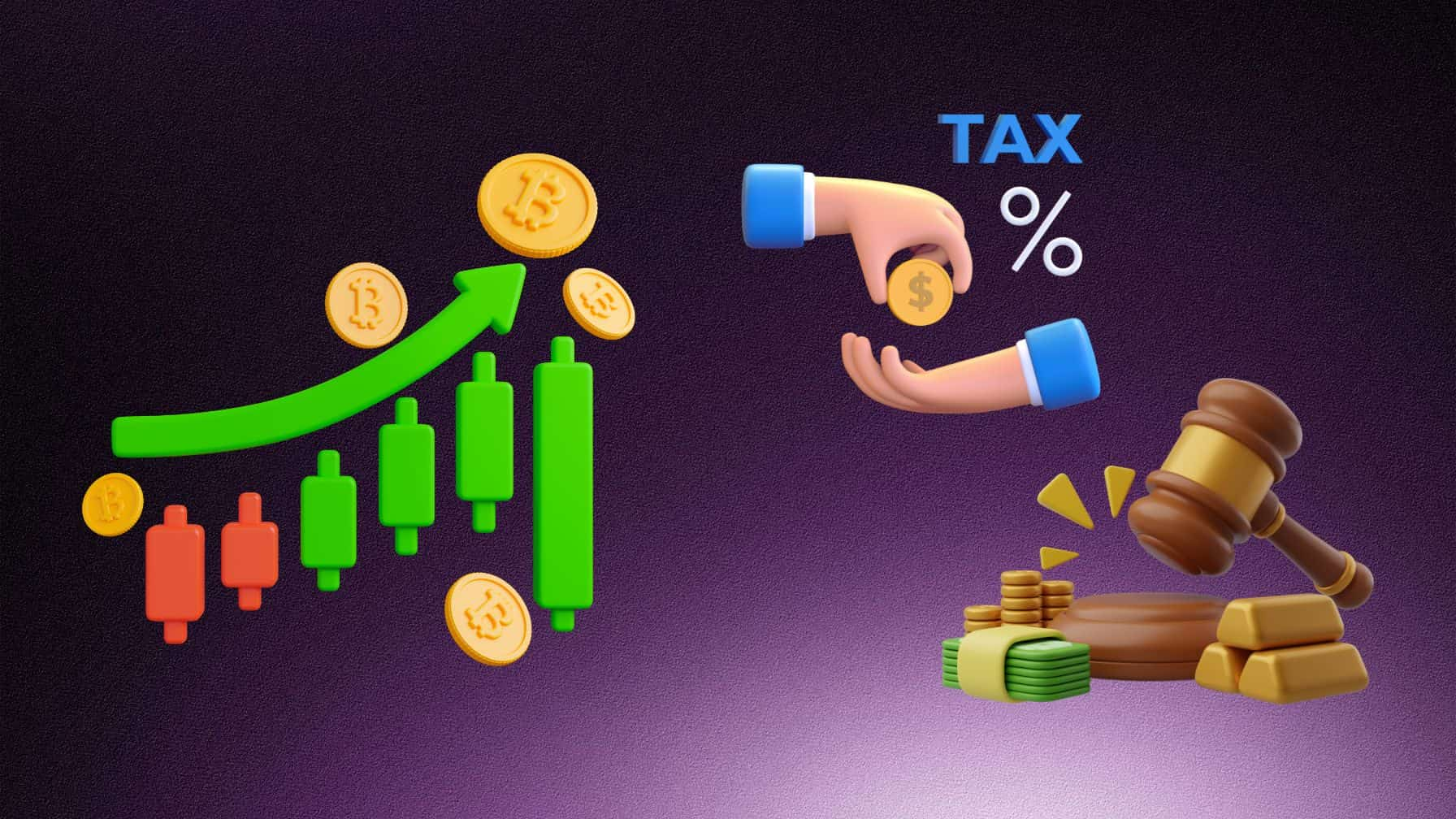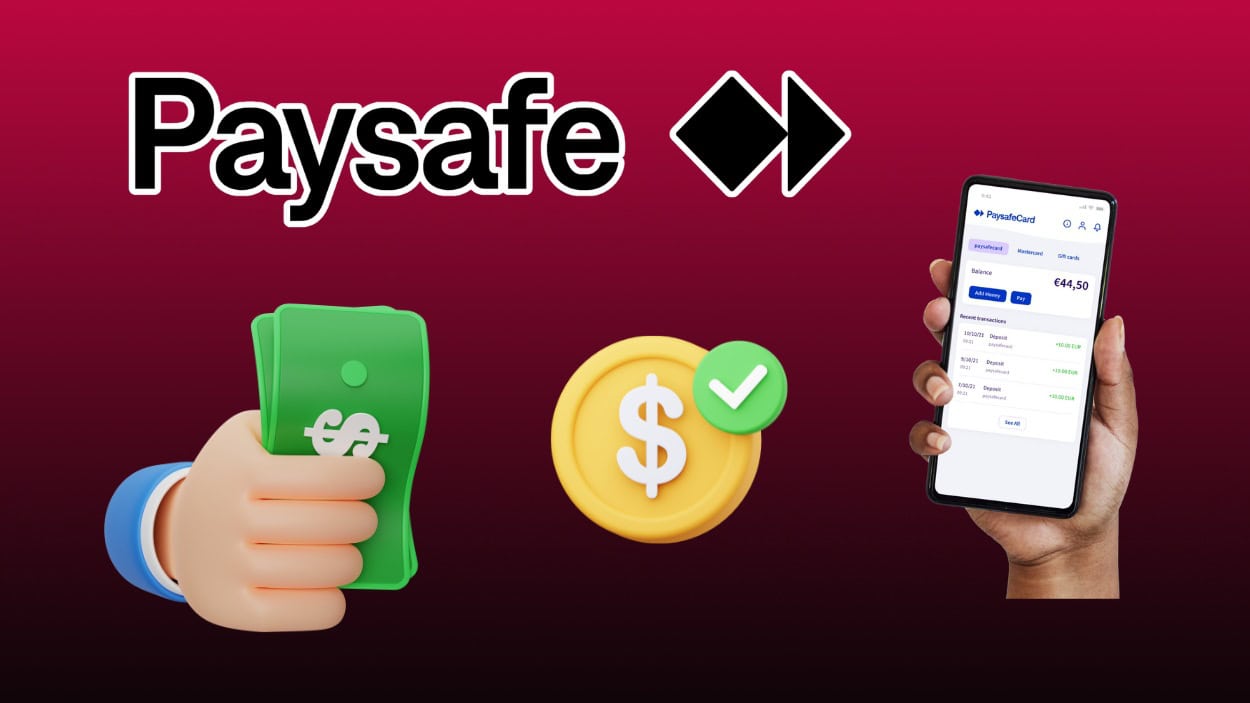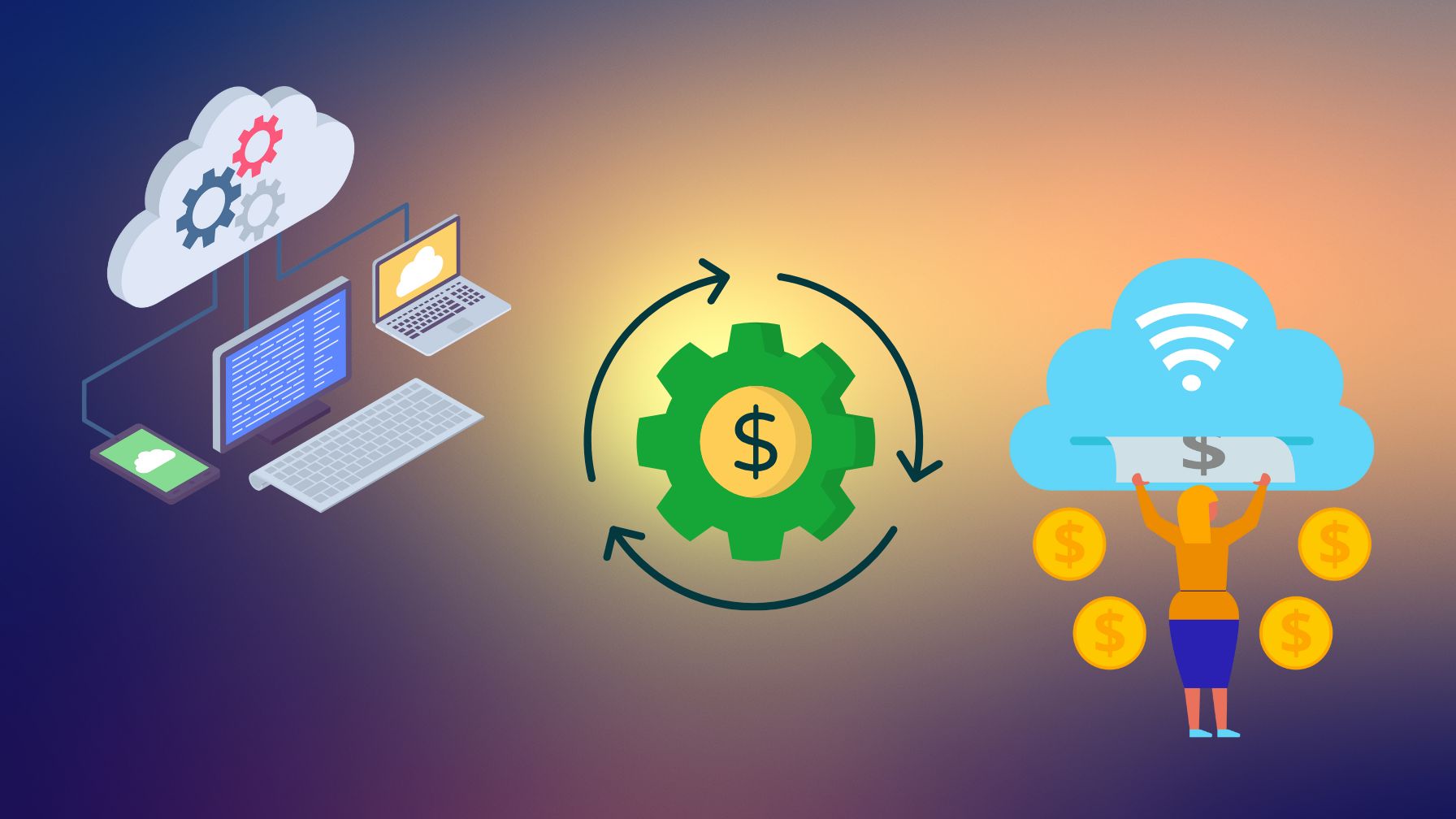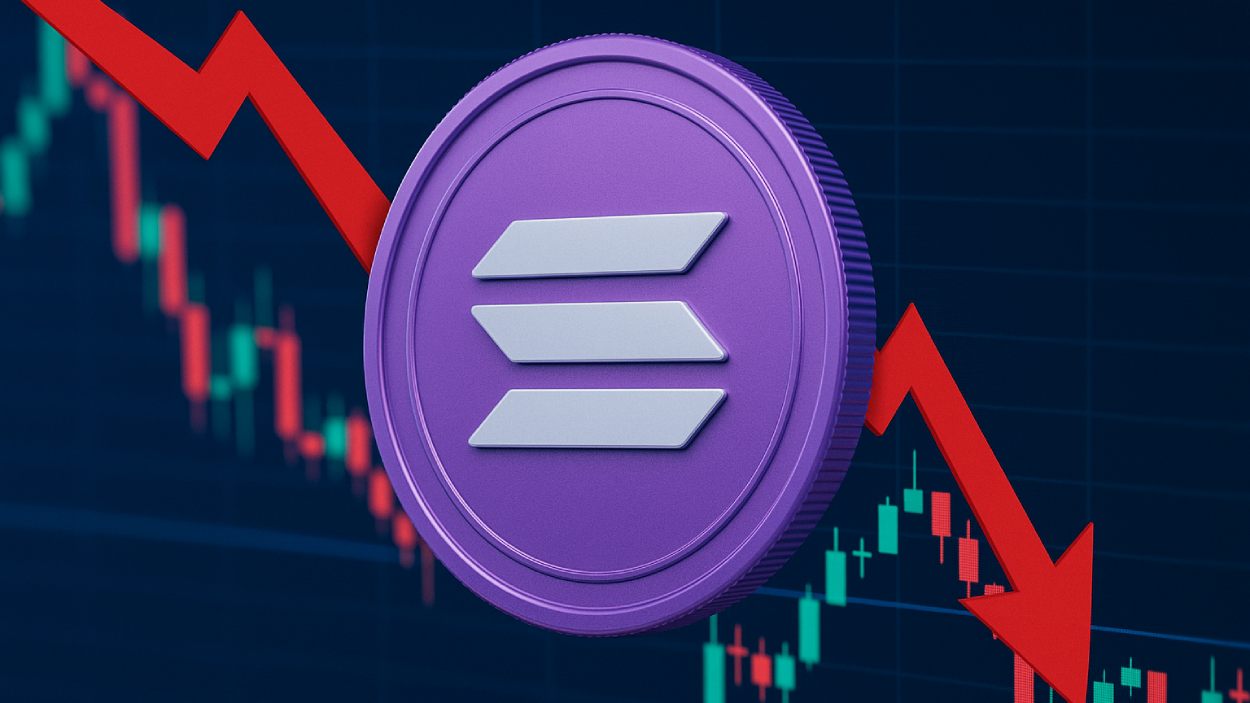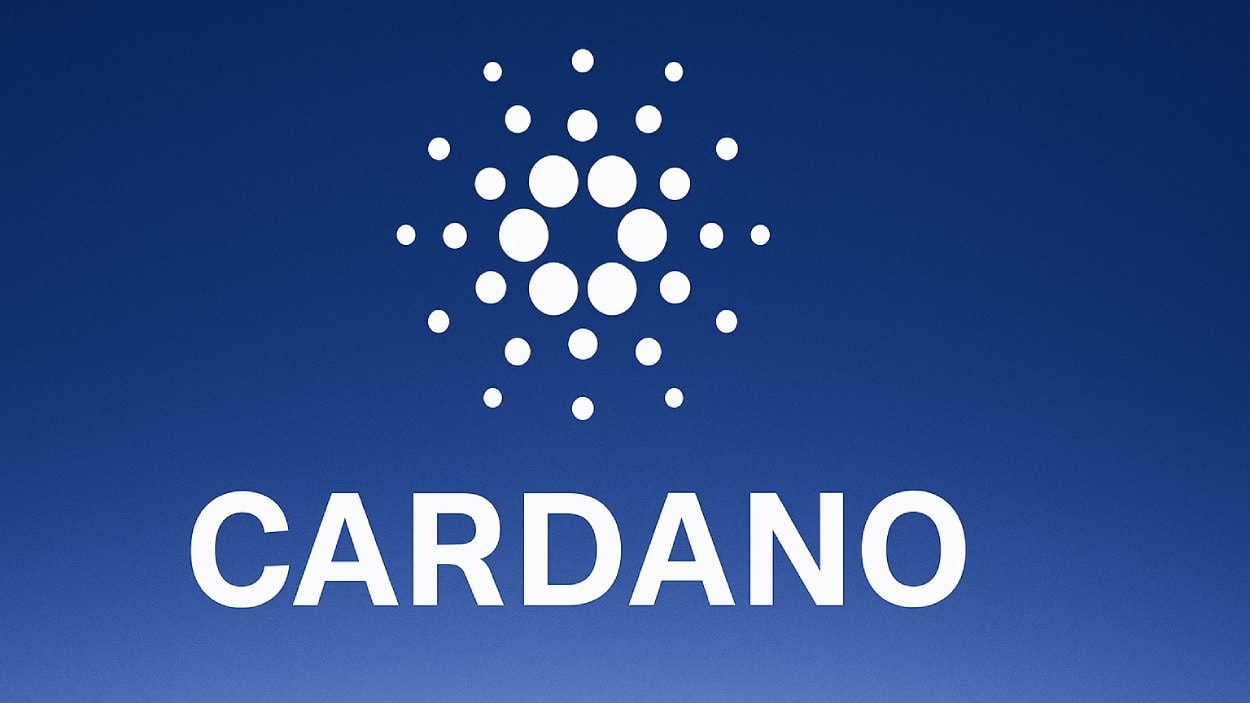A Bitcoin user mistakenly paid a staggering $105,000 in transaction fees for a routine $10 transfer to Kraken, leaving the crypto community stunned.
Key Takeaways
- A Bitcoin user accidentally paid 0.99 BTC (around $105,000) in fees for a $10 transfer.
- The transaction was flagged by Whale Alert and confirmed to be mined by MARA Pool.
- The mistake likely stemmed from a manual wallet configuration error.
- Though not the largest fee mishap in crypto history, the event reignited concerns over user error in digital wallets.
What Happened?
On November 10, a crypto trader mistakenly assigned a 0.99 BTC fee worth about $105,000 to a transaction of just 0.00010036 BTC, which equates to approximately $10.50. The funds were sent to a deposit wallet on Kraken, one of the most popular cryptocurrency exchanges. The hefty fee was collected by MARA Pool, the mining pool that processed the transaction.
Someone just paid $105,000 in fees for a single Bitcoin transaction 😅 pic.twitter.com/NbLm2GWxAQ
— Bitcoin Archive (@BitcoinArchive) November 11, 2025
How a Small Mistake Became a Six-Figure Loss?
The mistake became public when blockchain trackers like Whale Alert and Mempool.space noticed the unusually high fee. According to Arkham Intelligence, the modest transfer ended up at Kraken, but the real story was in the fat-fingered fee that accompanied it.
In the world of crypto, users can often manually set transaction fees. While this allows flexibility, it also introduces risk. If wallet settings are misconfigured, such as incorrectly filling in the “change” or “recipient” fields, the blockchain network interprets the remainder as a miner fee. In this case, the trader seemingly typed the entire 0.99 BTC as a fee, either due to a manual input error or an unreliable fee estimator.
Crypto enthusiasts on X (formerly Twitter) had a field day with the incident. One user quipped, “Someone out there just donated a whole $105K to the miners because they couldn’t be bothered to double-check a fee field.” Another joked that it was like “donating a Tesla to a mining pool.“
Can the Money Be Recovered?
While crypto transactions are largely irreversible, there’s a glimmer of hope. Miners can choose to voluntarily return fees, though only if the sender can prove ownership of the wallet involved. That said, such reimbursements are rare and often depend on the goodwill of the mining pool. In past cases, miners have returned large fees, such as when a $24 million Ethereum fee was mostly refunded in 2021. But in Bitcoin’s world, refunds require strong proof and negotiation.
Not the First Crypto Fee Blunder
This incident, while painful, isn’t the most expensive fee mishap on record. In November 2023, a user accidentally paid 83.65 BTC in fees, valued at over $3 million at the time. Mistakes like these underline the risks of manual input and the unforgiving nature of blockchain networks, which do not offer the luxury of a simple “undo” button.
The Broader Picture: Market Moves and Lessons
At the same time, market analysts are keeping an eye on Bitcoin’s next moves. Technical models point to strong support between $55,000 and $70,000, with resistance expected near $109,400 to $111,000, and a potential breakout target of $129,000 if momentum holds.
But fee mishaps like this are a sobering reminder for crypto traders: technology doesn’t forgive human error. As more users interact with complex wallets and decentralized platforms, even minor missteps can result in major losses.
CoinLaw’s Takeaway
I’ve seen my share of crypto blunders, but paying $105,000 in fees for a $10 transaction? That one stings. In my experience, the biggest risk in crypto isn’t volatility, it’s user error. If you’re messing with advanced wallet settings, always double-check your numbers. Better yet, use trusted fee estimators or default options. This incident should be a wake-up call for anyone still typing in fees manually. Crypto rewards precision, and punishes carelessness with brutal efficiency.

